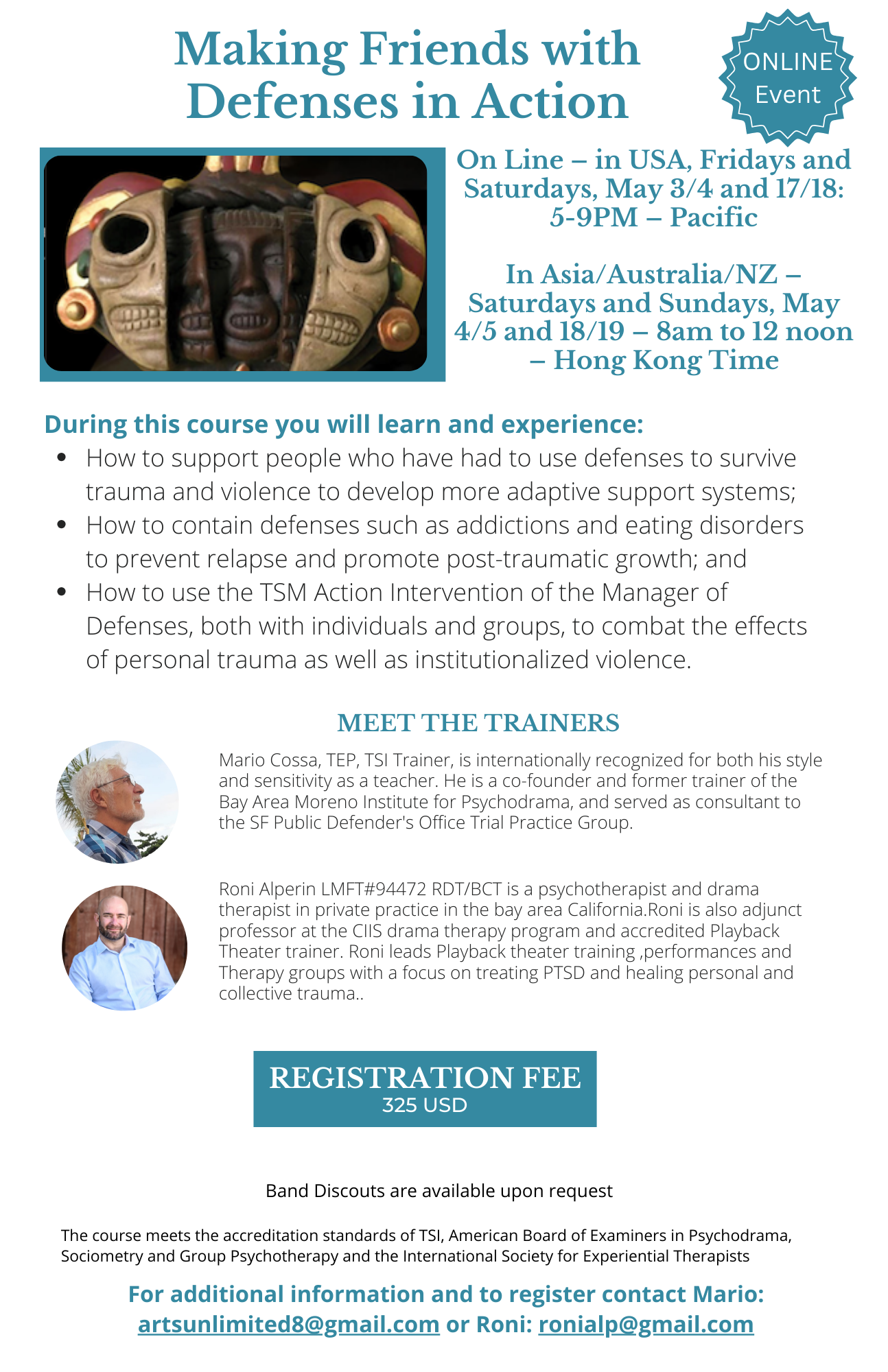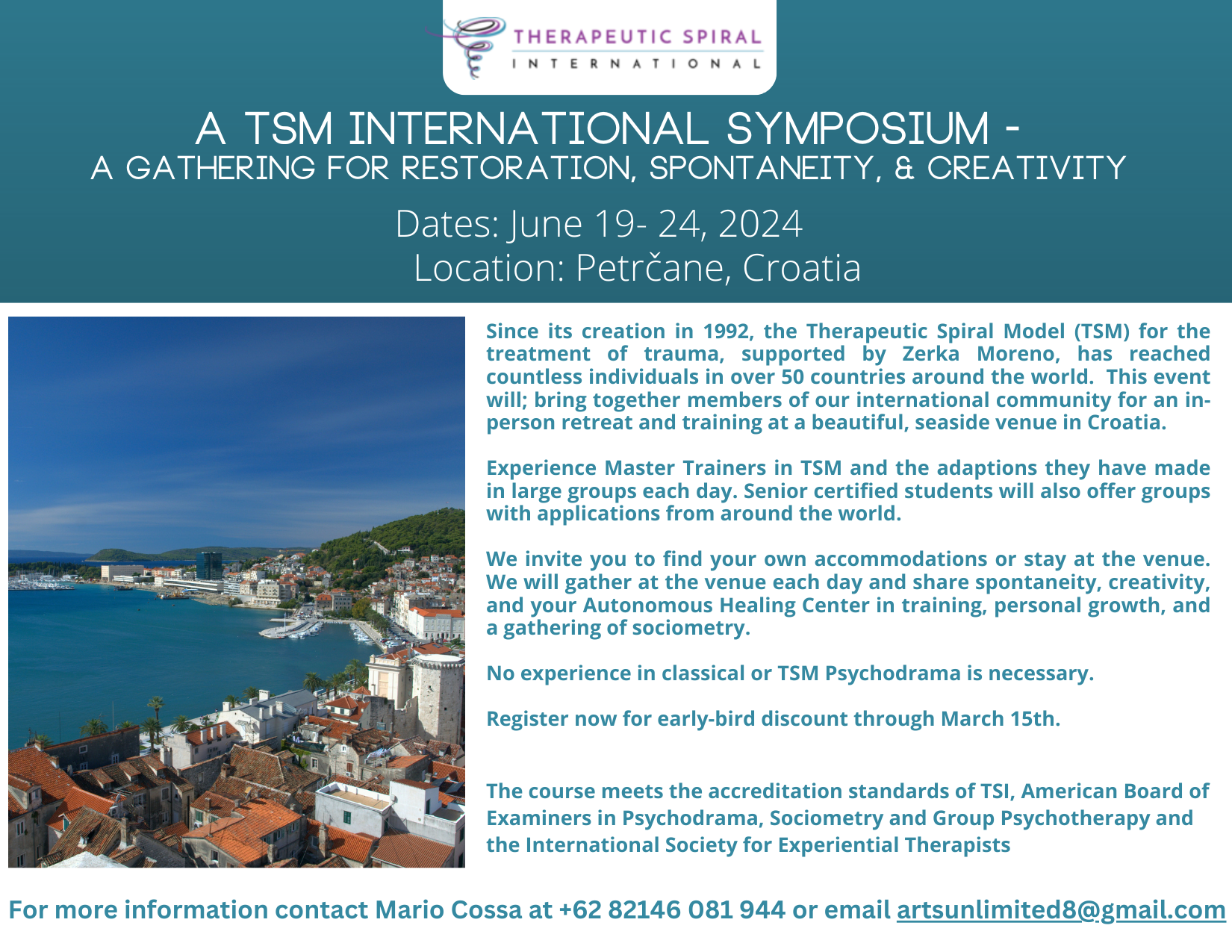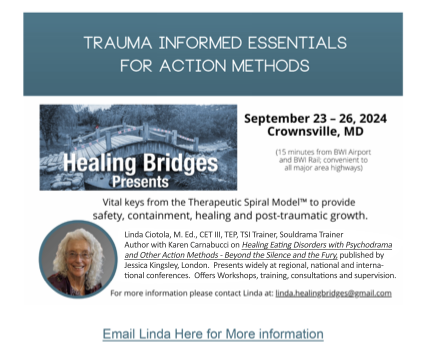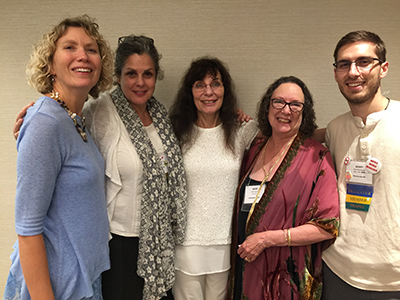The Therapeutic Spiral Model
While recent research on interpersonal neurobiology shows that experiential methods of change are the treatment of choice for trauma and stress related disorders, we knew clinically that classical psychodrama had the power to re-traumatize people in the early 1990’s and that was reinforced by Bessel van der Kolk in his keynote speech to the American Society of Group Psychotherapy and Psychodrama in 1996, after he presented his first MRI study on the traumatized brain. When Rausch et al (1996) published the first MRI, we felt gratified that the clinical interventions we had made with TSM Psychodrama were now being supported by research.
F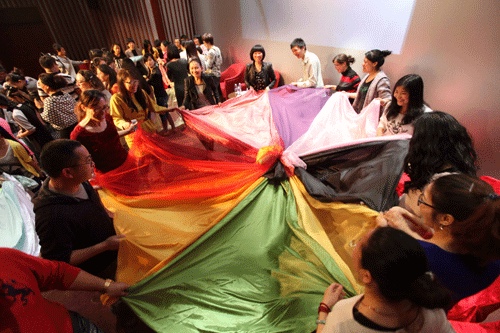 rom 1992-1995, a group of like-minded certified Practitioners and Trainers in Psychodrama, Sociometry and Group Psychotherapy, joined together to make psychodrama safe for even the most vulnerable people. This group was used as an in-vivo lab to develop the structures and interventions of clinically modified psychodrama for trauma that is the Therapeutic Spiral Model. In turn psychodramatic fashion, we tried it on each other to find what worked and what didn’t and then tested out in the real world with clients.
rom 1992-1995, a group of like-minded certified Practitioners and Trainers in Psychodrama, Sociometry and Group Psychotherapy, joined together to make psychodrama safe for even the most vulnerable people. This group was used as an in-vivo lab to develop the structures and interventions of clinically modified psychodrama for trauma that is the Therapeutic Spiral Model. In turn psychodramatic fashion, we tried it on each other to find what worked and what didn’t and then tested out in the real world with clients.
TSM is an organic clinical system that developed over thousands of hours working with 100s of survivors of PTSD around the world in settings from therapy offices to the deserts of the Middle East and university mental health centers in China. We are thankful that TSM has been seasoned with the input of many trainers, clients, and others and is thus applicable to many situations involving trauma and stress.
TSIRA: Trauma Survivor’s Internal Role Map
There are three easy images that show an overview of the TSIRA clinical map to guide psychodrama and other experiential methods of change: The Prescriptive or RX Roles, the TSM Trauma Triangle, and the Roles for Post-traumatic Growth.
Our clinical map of the trauma survivor’s intrapsychic role atom (TSIRA) now has the power to guide all experiential methods for safety using the TSM Prescriptive roles of containment, self-regulation, and resilience. Just as you go to a physical when you have physical symptoms and they give you a prescription for medicines, Western or alternative, to treat your illness. In TSM Psychodrama, you get a RX, a prescription, for the roles of resilience, containment or neutral observation needed to resource you to a full state of spontaneity and creativity. Only then, can you face the trauma of the past.
Next, we formalized the internalization of trauma into the TSM Trauma Triangle, with the roles of victim, perpetrator, and abandoning authority. These three roles encapsulate all of the survival and maladaptive defenses that people experience when they have been traumatized or neglected. This last role is unique to TSM and reflects the fact that abandonment occurred at the time of the original trauma—nobody was there to stop psychological, emotional, physical, or sexual abuse.
Thus, many people repeat this abandonment toward self through lack of self-care, dissociation, self-harm, addictions, and eating disorders, etc. By building the Appropriate Authority role, we are able to create boundaries between the victim and perpetrator roles and instill a sense of right action and positive self-regard necessary for healthy living.
Our Transformative roles that promote post-traumatic growth include the other unique TSM role of the Sleeping-Awakening Child. This role holds all of one’s original potential for a creative and spontaneous life, which means healthy choices of action that are no longer impeded by trauma.
TSM also includes many creative action structures, such as the TSM Safety Structures, the Brain in Action, and an Action Healing Team. While the TSIRA can be used to guide work from individual therapy to large groups, it can also be used to interrupt structural violence by educating people for change. TSM Psychodrama provides a clinical format to work with individual trauma, group trauma, societal and communal trauma, and trans-generationsl trauma.
As you can see by getting to know our TSI Trainers here, TSM is used in a wide variety of settings which include education, business, law, and community building. TSI supervisors use the TSIRA as a gauge of professional development and building of clinical skills.
Personal Growth Workshops
TSM started out as a method of clinically modified psychodrama to treat the most vulnerable of people, those who had suffered from neglect and abuse in childhood, and were seeking help when no one else seemed to be able to help them. We continue to offer personal growth workshops for self-care, resilience building, education, treatment, and post-traumatic growth around the world. Please see our calendar to see where workshops are offered around the world in the next 6 months to a year. You can also schedule your own personal growth workshop in your community on a topic of your choice.

Surviving Spirits
This was the name of the first personal growth workshops we offered using TSM, starting in 1992. They were designed to provide the utmost in safety and healing, while also providing an opportunity to face trauma directly so that life could grow through spontaneity and creativity. Many women and a few men from around the world, who had been sexually abused and had addictions or eating disorders, shared their stories with us. From 1992-2000 many workshops were held in a residential setting at the Psychodrama Theatre of Protection in Black Earth, WI., where people demonstrated that they were, in fact, surviving spirits. Today, we continue to offer this workshop several times a year at different sites around the world.
Another personal growth group that is dear to my heart is the TSM International Women’s Salon that is sometimes held in my home in Charlottesville, Virginia and sometimes as lovely residential settings elsewhere. This is a group for women who have experienced trauma and are now in leadership positions in their life and need a safe place for support and continued professional development as we seek out post-traumatic growth. We are in the process of developing a Men’s Program at this time.
Action Healing Teams
All workshops sponsored by TSI are staffed by an Action Healing Team whenever possible. When TSM was first developed it returned to the original model of treatment from the early classical psychodrama days with J.L. and Zerka Moreno. As students were learning TSM, they practiced in these amazing personal growth groups and saw first hands the “miracles right before your eyes” moments that happen each and every time. While TSM can be done in individual therapy or without a team, it is always most powerful when an Action Healing Team is present to offer the gifts of spontaneity and creativity. One of the most innovative use of the team is for individual or couples intensives where Dr Kate or another TSI Trainer and students form a private Action Healing Team and spend two days in the privacy of your home working to heal past generational legacy of trauma and addiction.
Please join us for one of our many Surviving Spirits and other personal growth workshops, professional development trainings, or TSI Certification courses in Trauma Therapy held in the USA and throughout the world. TSM has been taught in 35 countries and counting.
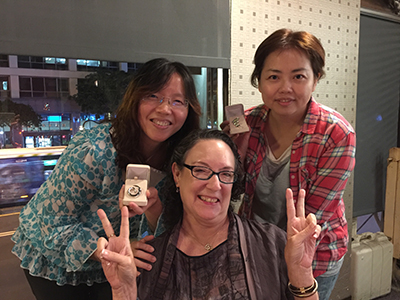
Dr Kate with Chia-wen Cheng, MA, PAT and Yen-hung Chen, MA, PAT in Taiwan.
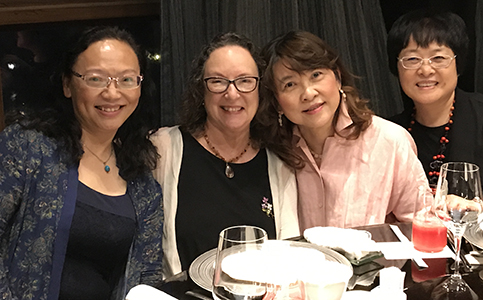
Team to celebrate Zerka’s 100th birthday, Xiamen China with Zhou Bingjie, MS, PAT, Lai Nien-hwa, Ph.D., TEP, and Sang Zhquin, Ph.D., PAT
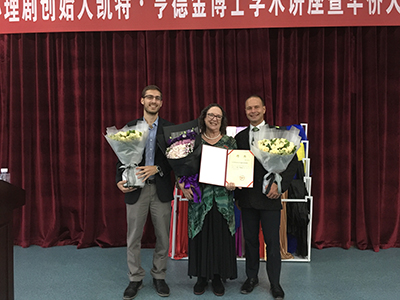
Dr Kate receiving the Visiting Professor Award at Hua Qiao University, in Xiamen China with Scott Giacomucci, LSCW, CETIII and Steven Durost, Ph.D.
TSM has been written about in over 40 books, chapters, articles and research papers. Please click here.
Link into both the publications and resources pages.

